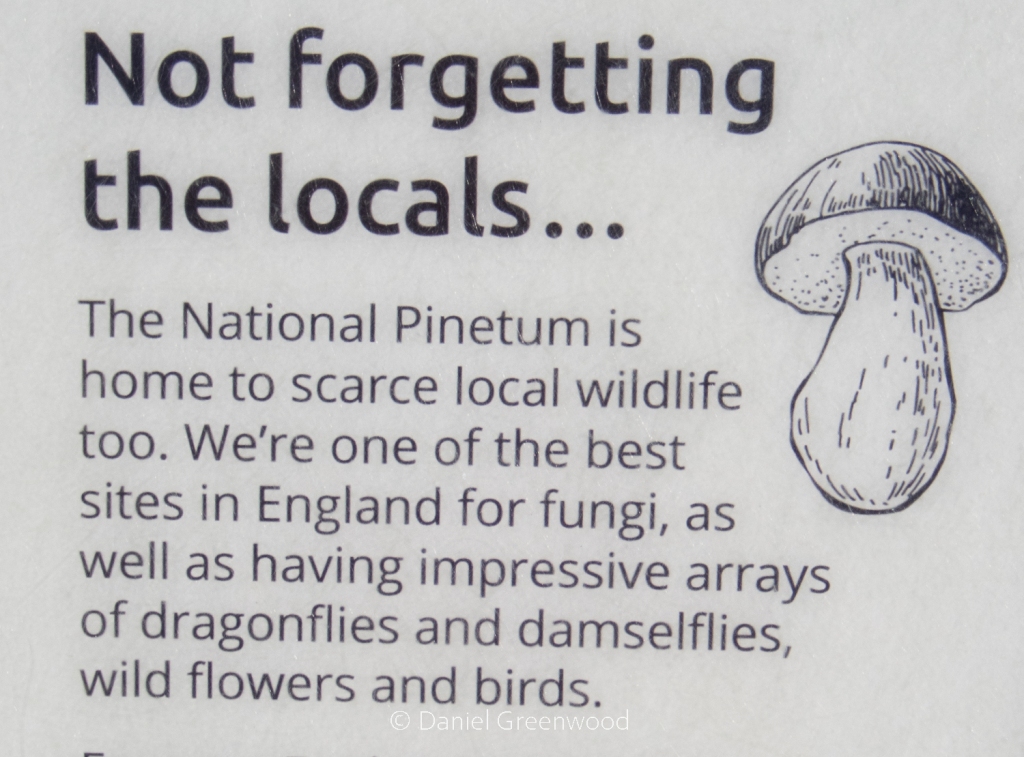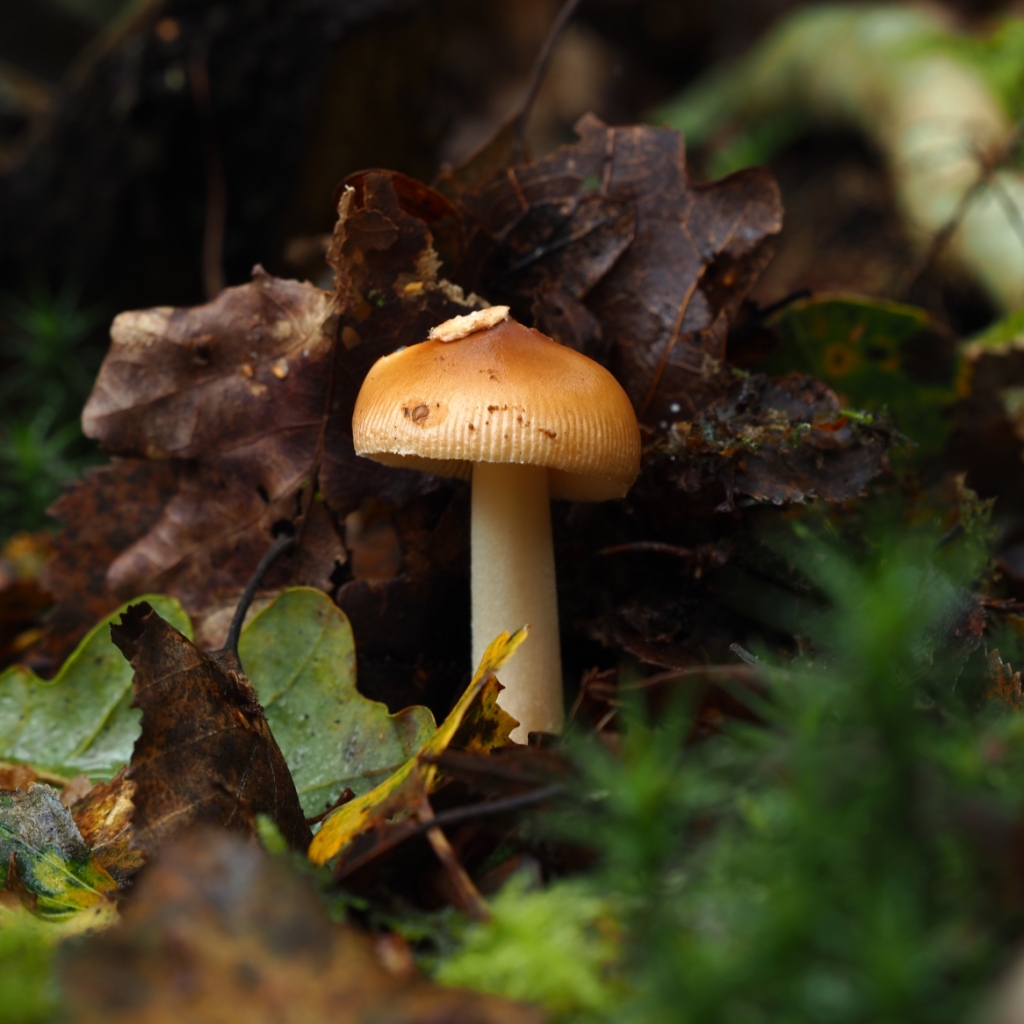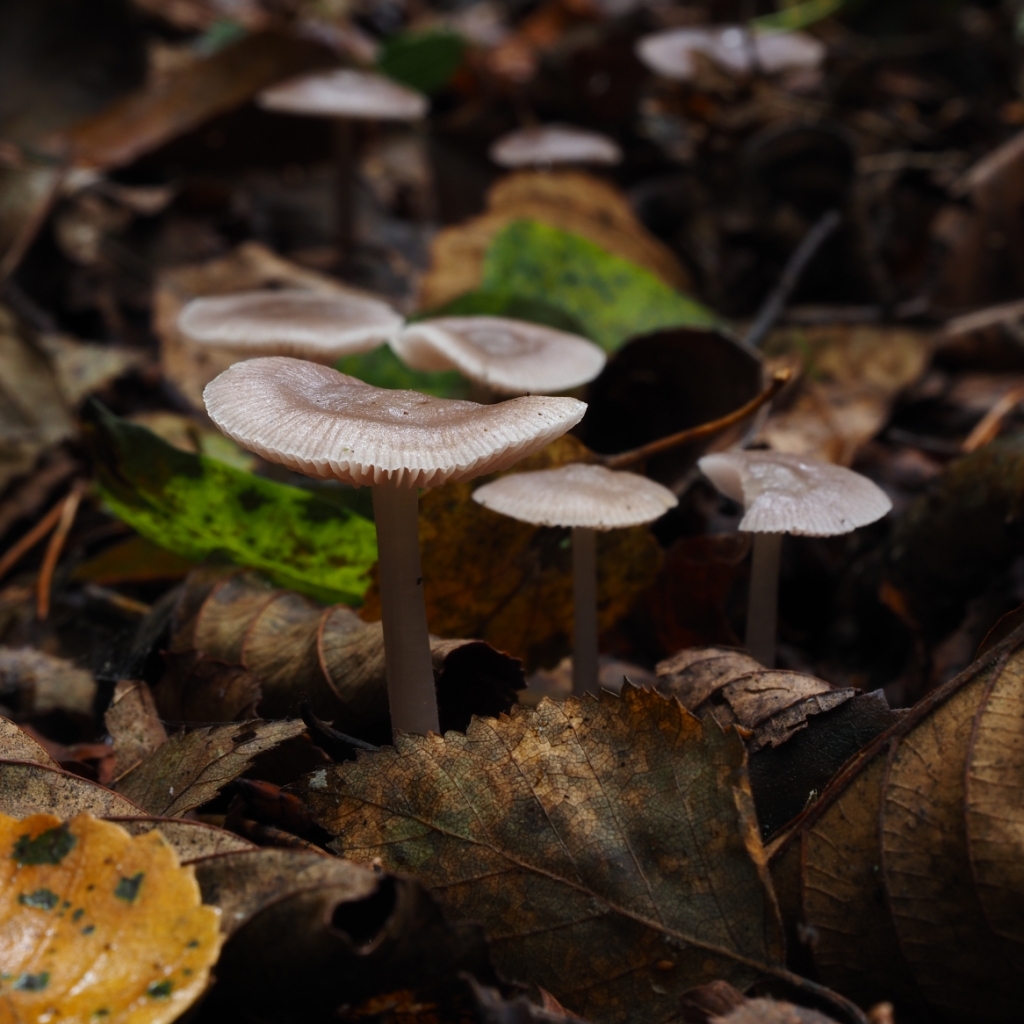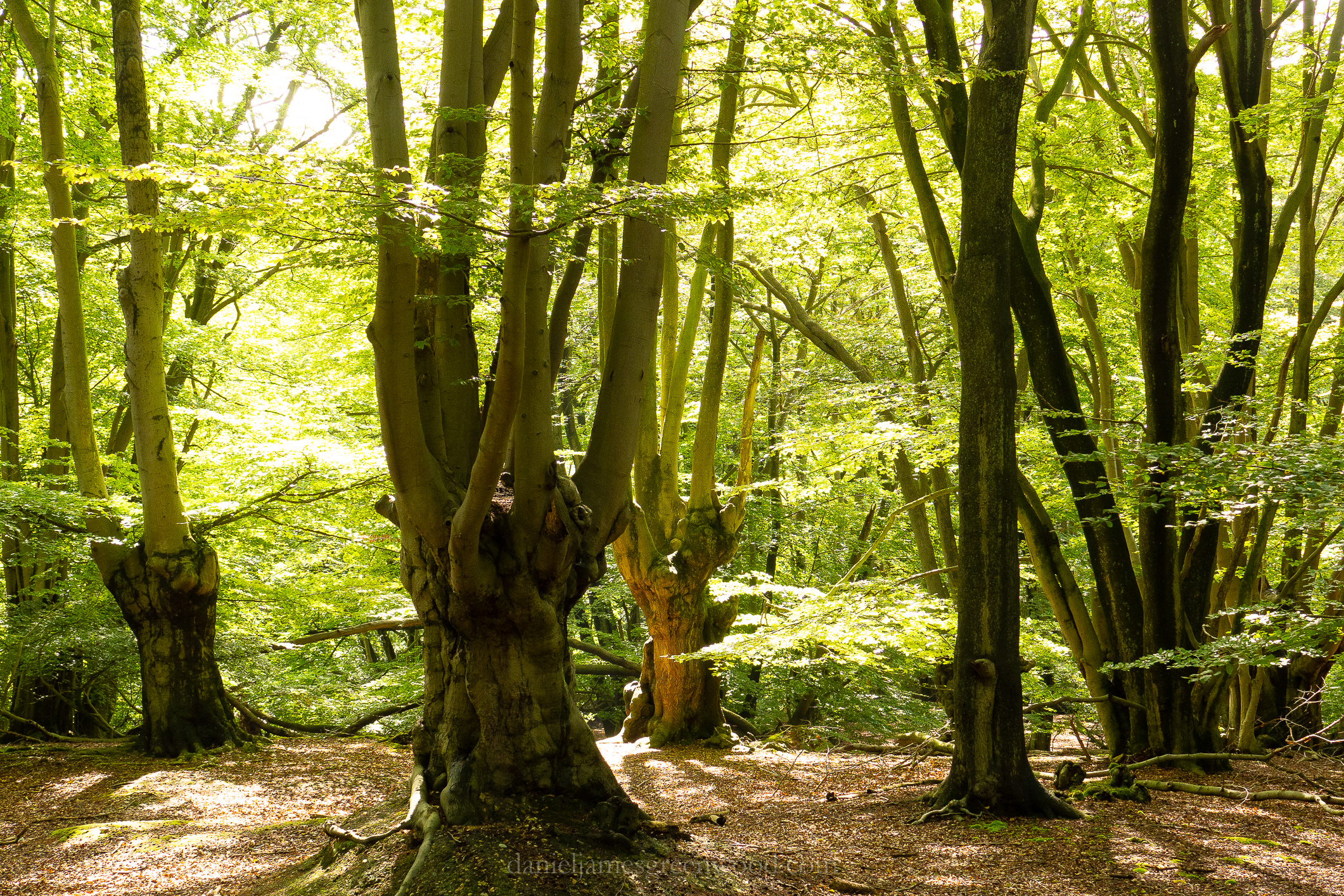
Epping Forest, Essex, August 2019
Unlike most, I’ve welcomed the wet weather of recent weeks in southern England. In August, this means mushrooms. Hopefully not only an early burst in August but a good autumn clutch. ‘The coming of the fungi’ in autumn is an event in nature’s calendar that I would put in the same bracket as the first migrant willow warbler, swallow or swift, or the first butterfly. Autumn is a time of plenty. When mushrooms arrive en masse, we are witnessing a spectacle many millions of years old.

A weekend visit to family in Essex meant a chance to visit the famous Epping Forest. This woodland is very close to London and is owned by the City of London Corporation (other sites outside London in Surrey and Hertfordshire also belong to them. I think they do a very good job). The Forest shows the scars of this proximity to one of the world’s biggest cities, namely the M25. It was interesting talking to family recently who grew up locally and their reminiscences of putting ‘stop the M25’ posters up in their windows. Epping Forest is also prey to nature writers (guilty as charged, but not published) framing their own ego against this ancient wooded landscape. The Forest and its mycelia feature in Robert Macfarlane’s recent award-winning book Underland, a book from a writer I love reading and admire greatly. However, I must to admit to disappointment in the lighting of a fire in that book. Even more so when I saw a tent and a fire in the Forest when I visited. The two obviously are not linked, but having been an urban woodland warden where fires were lit both in ignorance and violence, it is hugely galling (no pun intended). Leave no trace people, seriously.
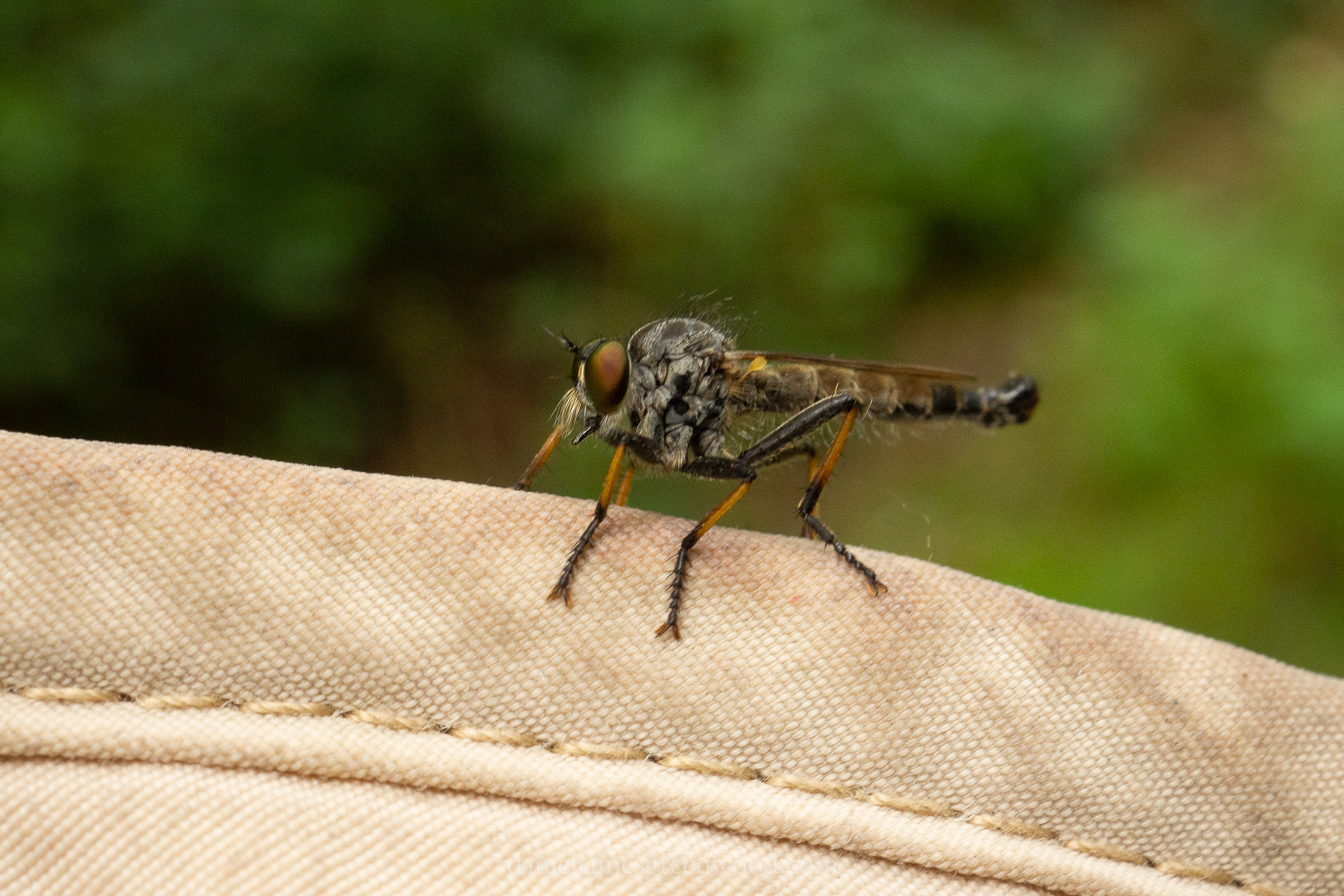
I mentally (and verbally) built up my visit to Epping Forest due to the rain throughout the week. The mushroom boom in my eyes (let’s call it that) was spilling out from every path and Epping Forest’s many visitors were tripping up over them. The early signs upon entering were not good. The ground was battered by recent rain and the sloping nature of the landscape had meant the soil was scarified by the heavy downpours. Mushrooms, washed away. The first wildlife encounter of any note was the above robberfly which I noticed out of the corner of my eye on the brim of my (it needs to go in the wash) sunhat. These predatory flies (not of humans) have had a good summer and I’ve seen more than I ever have before this year. #LifeGoals.
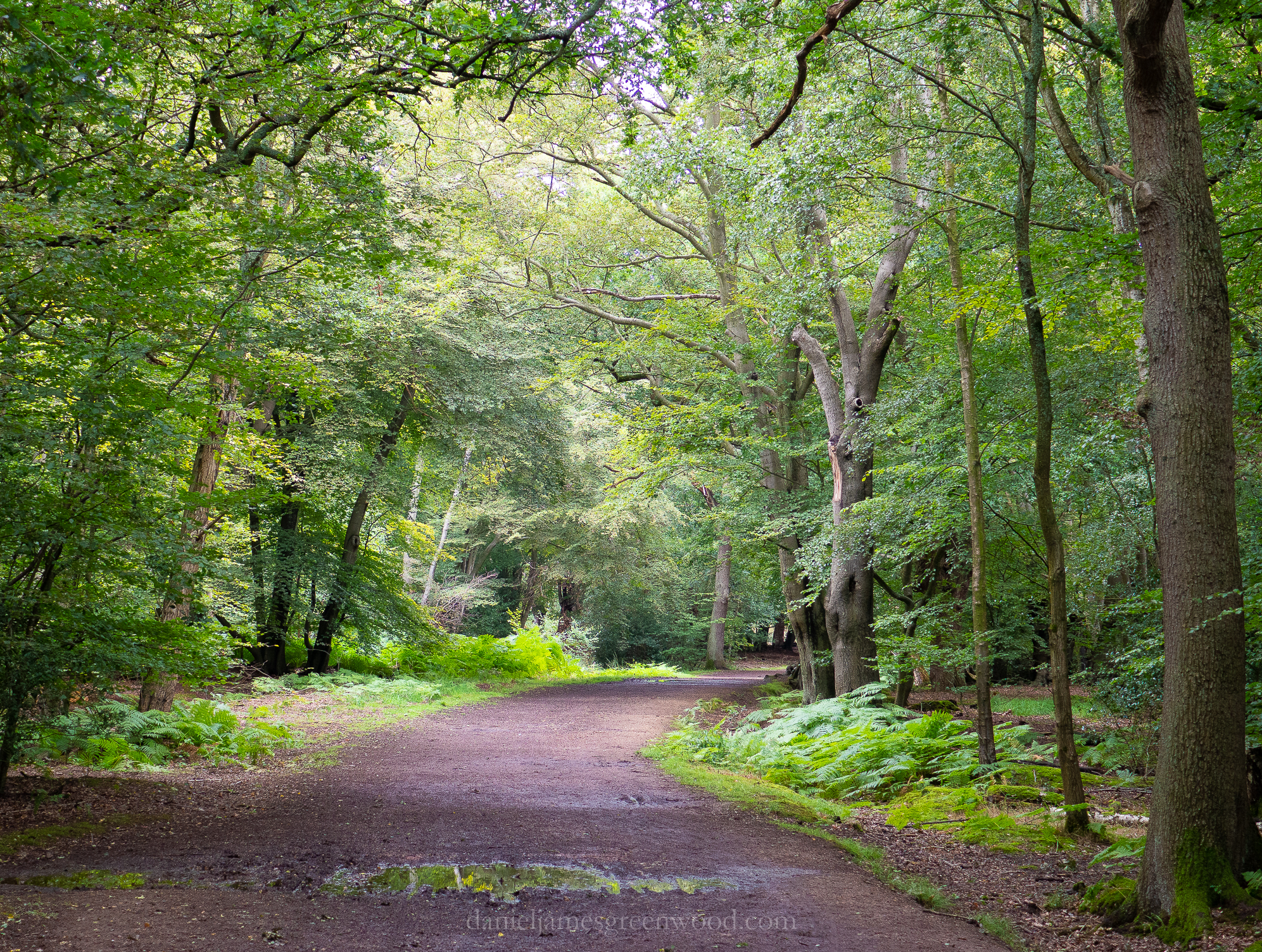
It was only getting near to Ambresbury Banks (Aims-bury) that the mushrooms were in any way ‘common’. A slug-munched Boletus edulis or cep lay prone at the trackside. Then, half eaten, I found this:

Moving my little camera around to the right angle, you would never know the cap on the other side was almost completely gone. This is a tawny grisette (Amanita fulva). This was probably the least photogenic specimen I’ve ever found, but with the green flow of woodland behind and a bit of bokeh, anyone can look good.

Cheered by the sight of a half-eaten mushroom I checked out the swampy dog-poo realm alongside a path. There I spied these beautiful white parachutes (Marasmius) in wet soil amongst bramble twigs. My books are telling me they are Marasmiellus candidus AND Delicatula integrella. A woman passing by on her Saturday jog asked what I was looking at. She said how much she loved spending time in the Forest and that she was moving away soon. She said how important is was for her to see the seasons changing and how different the trees were in different parts of the Forest.

She’s not wrong. The bizarre pollard areas near Ambresbury Banks are unique. Their pollarding stopped as a local practice some 150 years ago due to a wrangle of Acts of Parliament – who could lop what and where. They are of significance to the whole of Europe (ecosystems are European-wide, people). In some areas holly dominates and things get a lot darker.
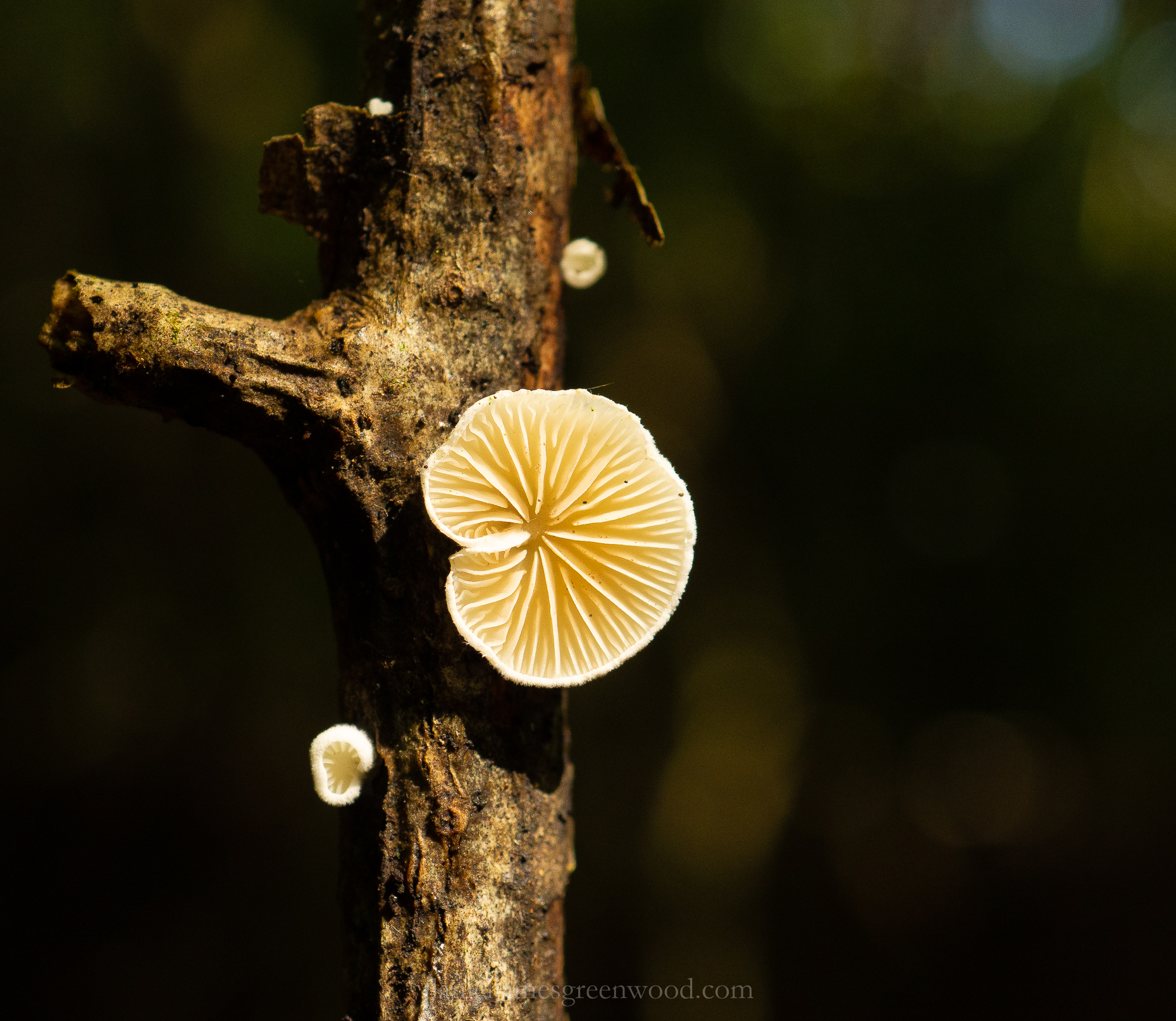
In one of the those areas I found an oysterling (Crepidotus) on a twig and found a nice tree to perch it in for its close-up. The gills look like flames to me and not of the campfire kind. See the darkness of high canopy beech and holly understorey? Creepy. A deer was hiding away here.
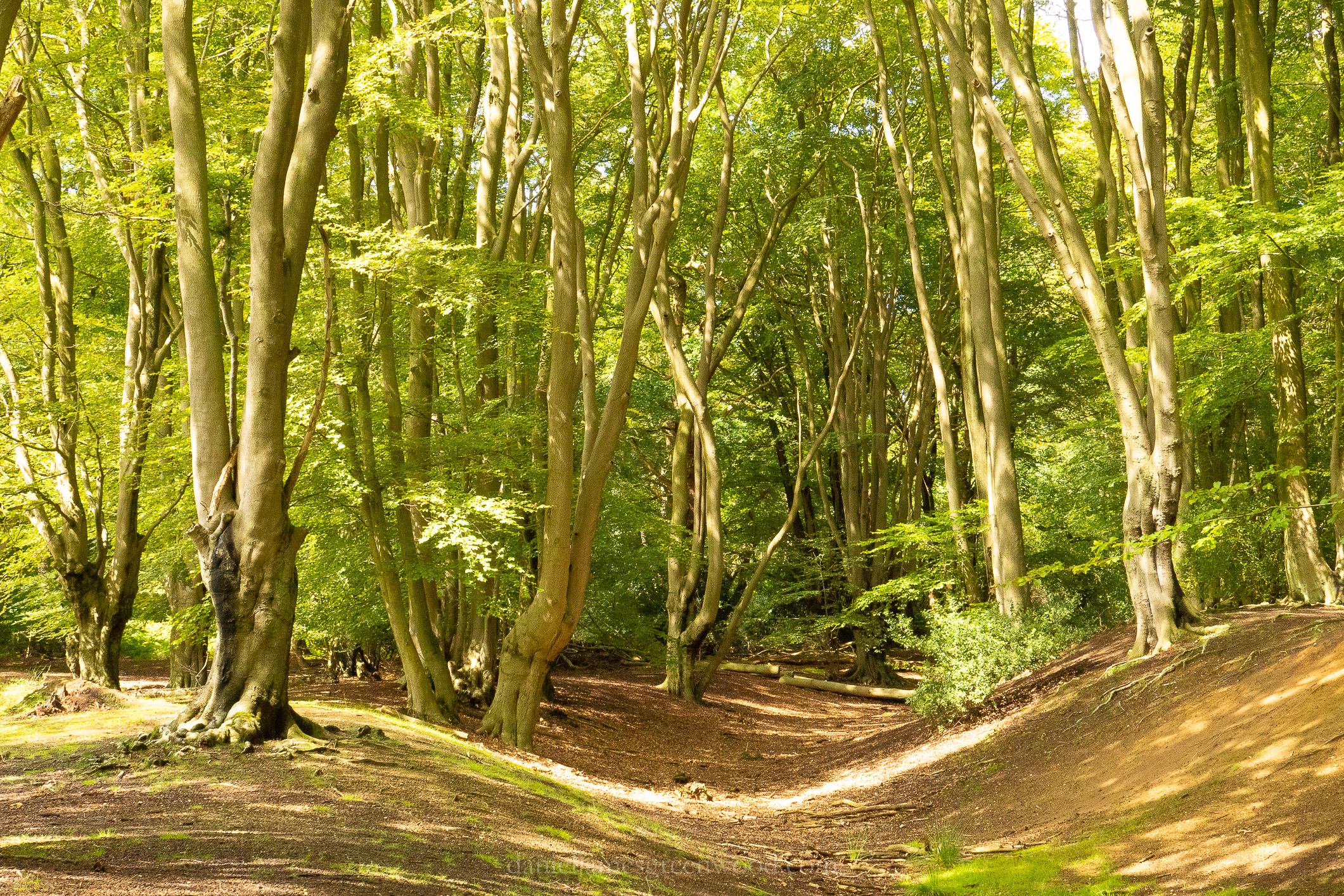
Ambresbury Banks is always worth visiting. This is an ancient earthwork or Iron Age Hillfort, which was likely created by the pre-Roman (-AD43) inhabitants of Britain. Legend has it that Boudicca battled the Romans here in AD61 but people say that about so many hills in London, trust no one. Also for anyone espousing ‘Indigenous British’ as a phrase about themselves as a pedestal for their polticial views, those Britons who built Ambresbury Banks were probably the last group of people who could say that. It is now populated by ancient beech pollards which have no view on Brexit, other than that it may remove their Natura 2000 protections as a site of European Significance. But then again we may not have food and medicine by 1st November.
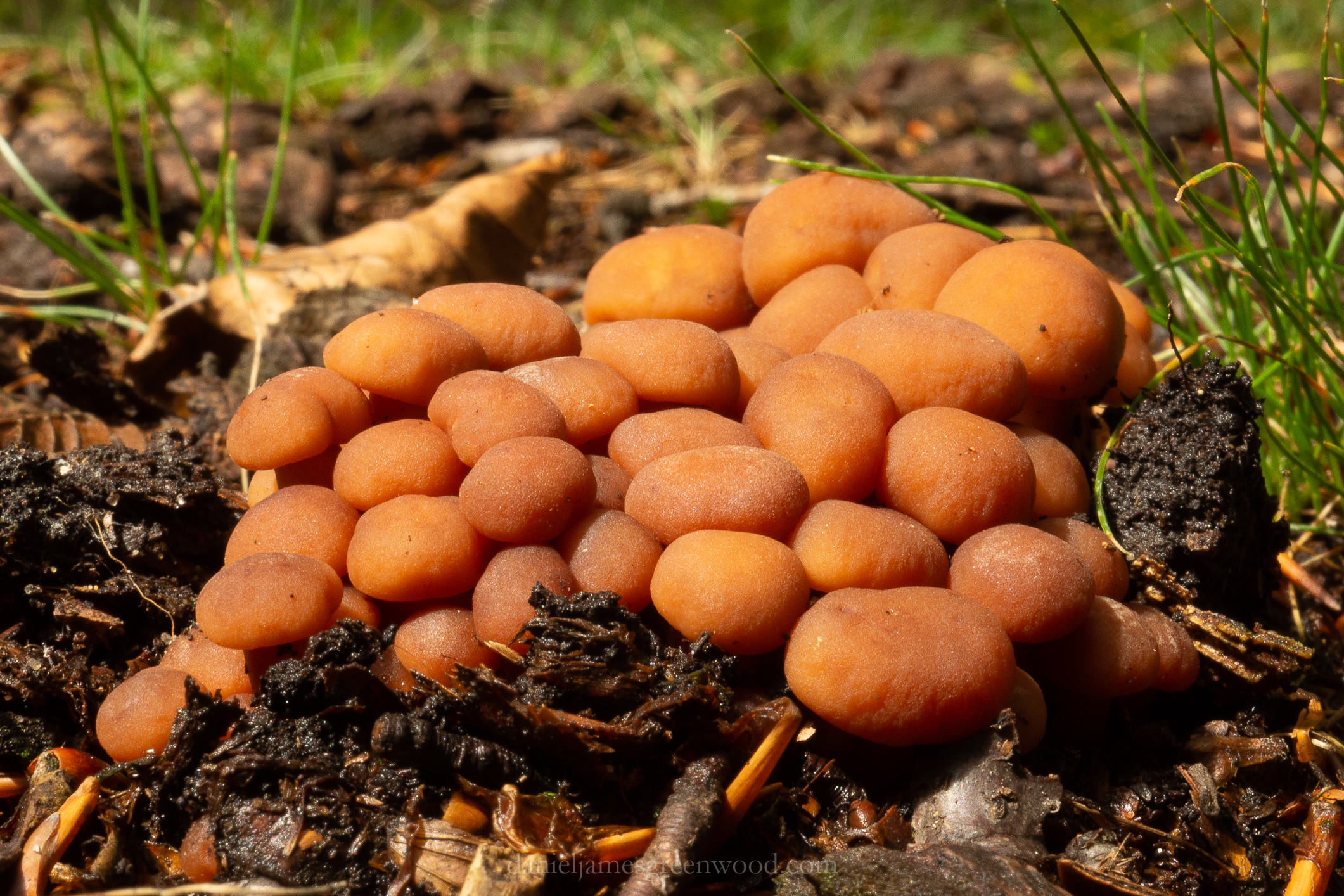
In all fungal seriousness there were actually a pleasant number of ‘shrooms around this Iron Age propaganda ditch. Spindle shank (Collybia fusipes) was bubbling up nicely at the roots of beech trees, likely nibbling away at their wood under the soil. Bridges of beech are likely to be built across those ancient earthworks in the decades that come, if you get my drift(wood).
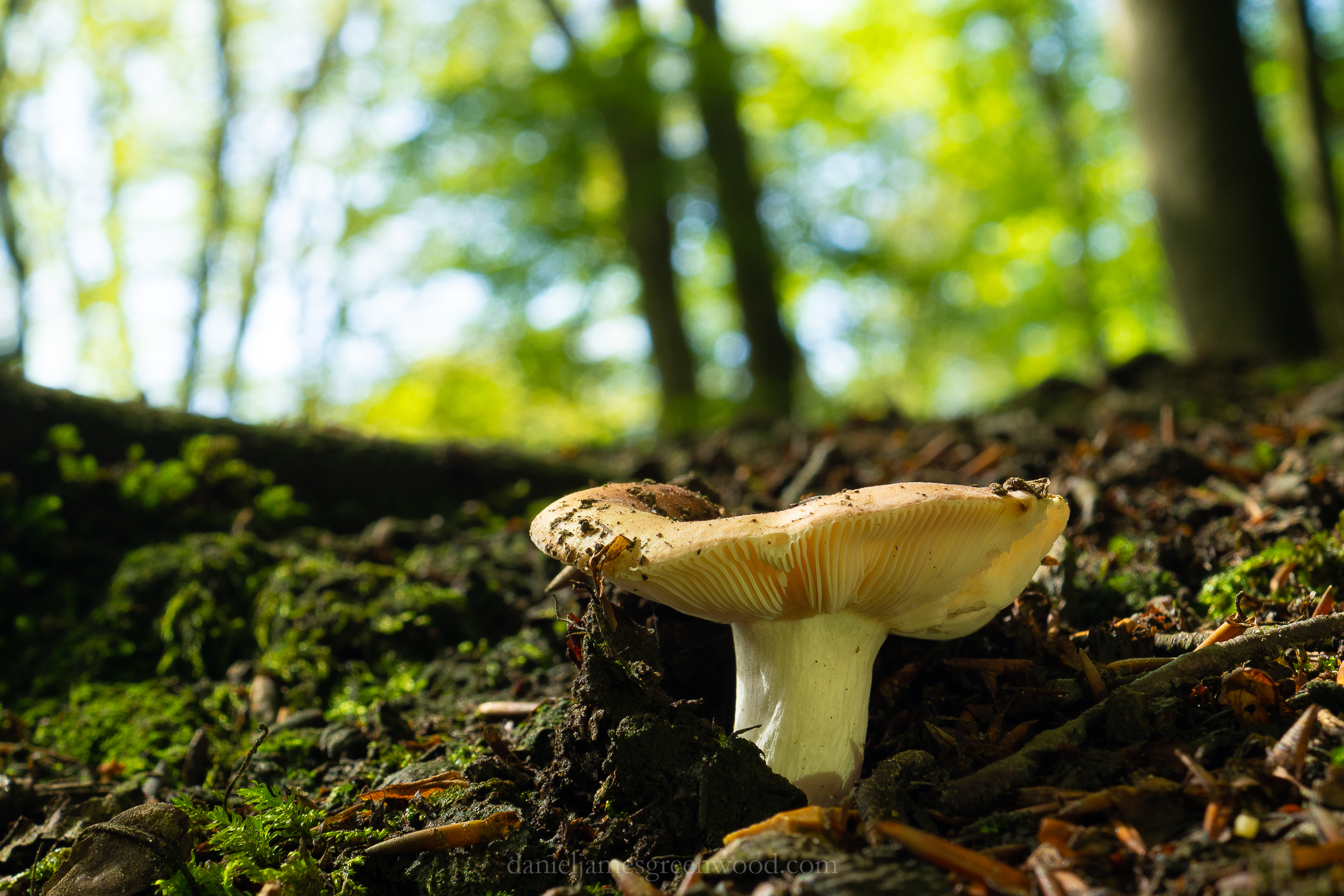
For photography brittlegills (Russula) are one of the most annoying. I have seen grey squirrels pull them from the soil and chew their gills down like some turbo corn-on-the-cob eating contest. Slugs also love them. Thankfully for you I found this Russula largely un-squirreled with some pleasant bokeh to be had in the world above. I lit the gills with my phone torch.

Another sign that autumn is not actually here yet was the state of the Amanita mushrooms. Two years ago I found many, many of these beauties near Connaught Water in the holly woods (nope, not that Hollywood) and they were in the same state. If I’ve learned one thing from mushrooms it’s:
You can’t hurry poisonous fungi
There is no basis of fact in that. Not that it matters nowadays. Fake ‘shrooms.

When you see so many Amanitas pretending to be beech nuts, you know autumn is tickling your toes. Winter is snoring.
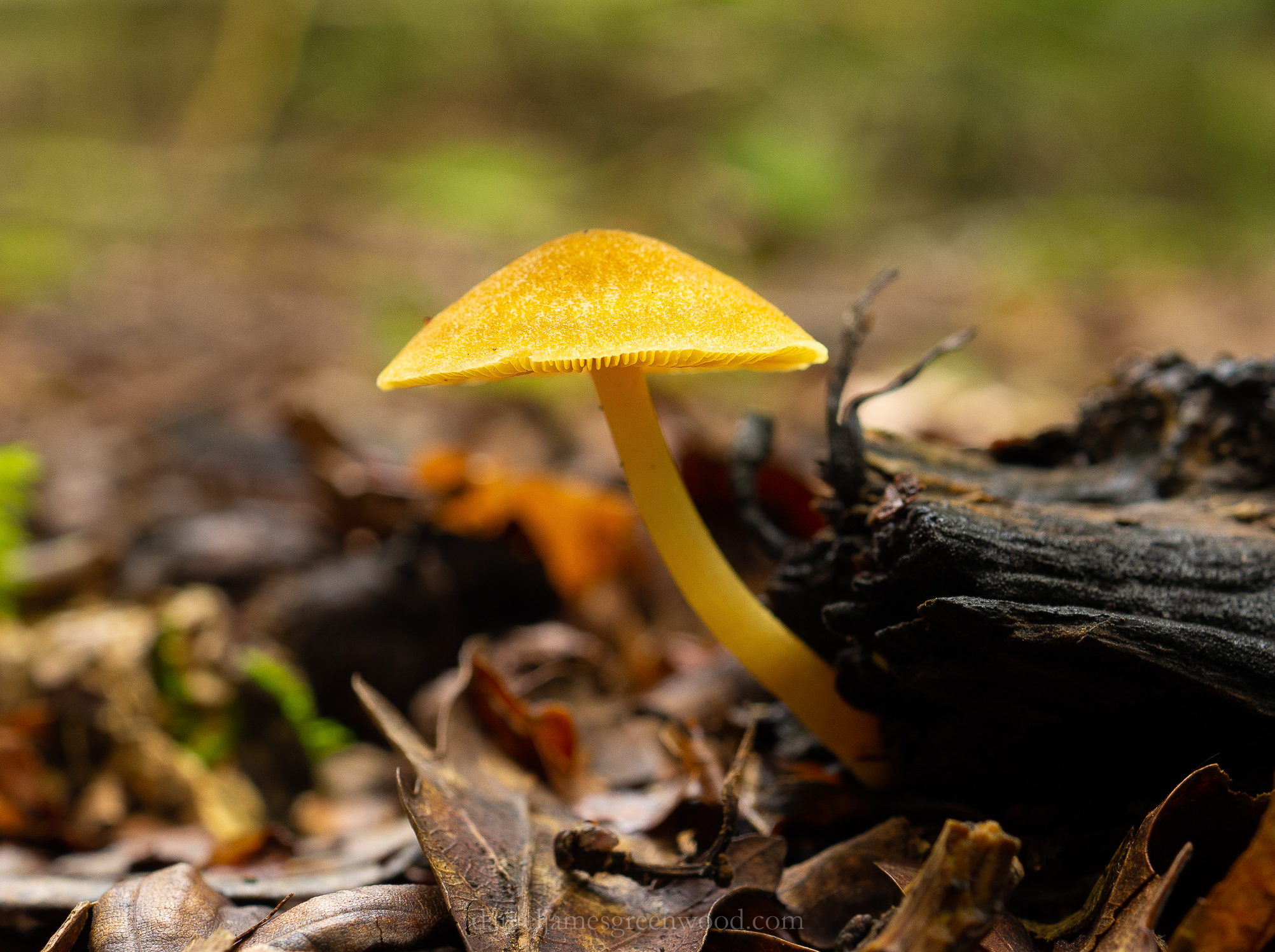
This cheery chap was reaching out from under a ghastly bit of deadwood to say good afternoon. I’m not sure of the species and it will require a bit of rifling through the field guides to get a general idea. Answers on a postcard in the comments box please.

A beautiful morning in Epping Forest but what did fungi teach me? If you just walked in and found everything you ever wanted in fungi terms there would be no fun and you wouldn’t learn anything. Also, appreciate every chance you have to spend time in these special places and try not to make a campfire. Next up: Autumn.
Thanks for reading.
